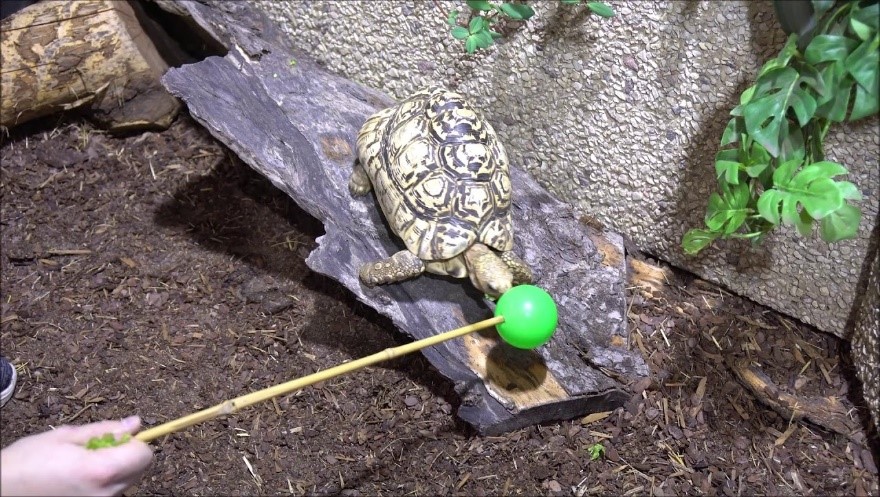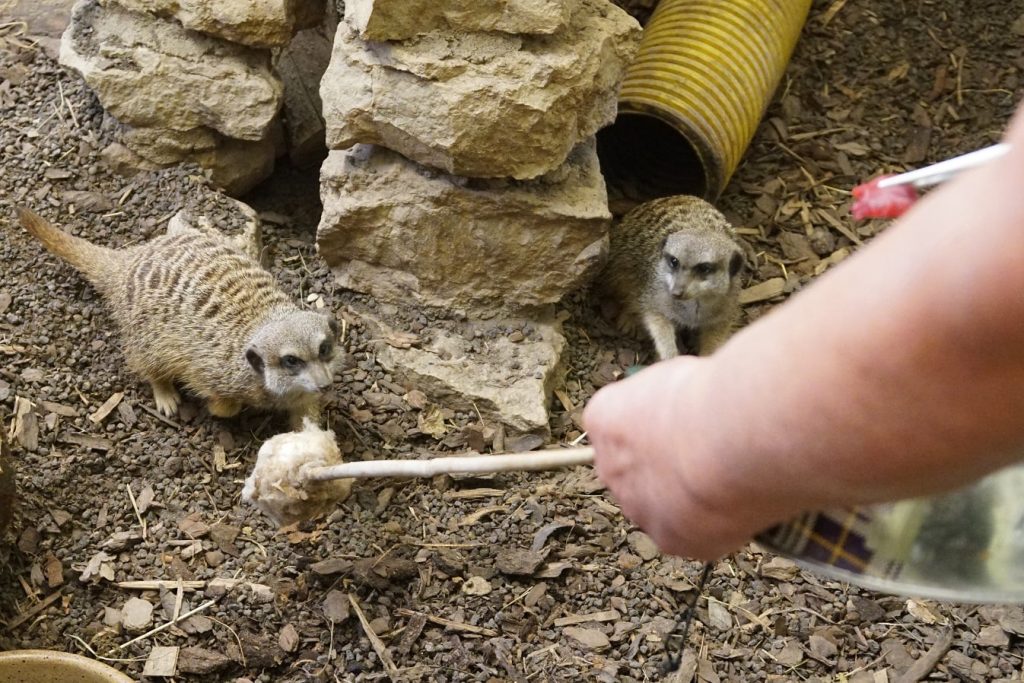Training zoo animals
The long-held belief that all animal training is unnatural, abusive and inherently wrong is outdated today. Training by positive reinforcement is a great change in the monotonous life of a zoo animal.
Unlike circuses, zoo animals are not trained to perform tricks, but to improve their physical fitness or encourage species-specific behavior.
Modern zoos train animals to make handling and veterinary procedures easier and less stressful. For example, the animals are taught to move between different enclosures, step on the weighing scale, show their teeth and paws, and even give blood tests. Trained animals do not have to be put to sleep with anesthesia or captured in a traumatic way for simpler procedures and the animals cooperate voluntarily.
Voluntariness presupposes that an animal has a choice whether or not to perform a given task. In that case, the animal is not motivated by fear, but by the reward for solving the task. The reward signals to the animal which tasks are worth performing and which are not. Such a training method is called “positive reinforcement”.
Training animals increases their well-being and strengthens the human-animal relationship. It also offers the animal greater control over its life and has a beneficial effect both psychologically and physically.






